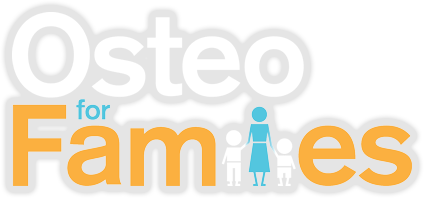I’ve been told I have strained a muscle. What is a muscle strain? How do I get my muscles back to full function?
We understand how frustrating it can be when you feel pain in a muscle that wasn’t there before and now you not only feel sore but it’s stopping you doing what you want to do. As osteopaths we have seen a large number of different muscles strained and strains of different severity and know how they can impact your day.
Why do we need muscles?
Muscles play a key role in your body’s ability to function, they store energy and nutrients, provide heat to keep you warm, maintain your body’s position and most importantly muscles allow movement of your body.
Muscles are made up of many parallel bundles of fibres, when the muscle fibres contract together they shorten the muscle which then pulls on the tendon attaching to the bone and causes movement of the bones and joints.
What is a muscle strain?
A muscle strain occurs when there is over stretching or tearing of fibres within the muscle because they are unable to cope with the demands placed on them.
Muscle strains are most common in high speed and load muscles such as hamstrings, quadriceps, gastrocnemius and biceps and often occur with powerful movement such as jumping or running.
Muscle strains are relativity common and you may feel pain which usually becomes worse with activity or as the day progresses, you may also notice weakness, swelling or stiffness.
How long will a muscle strain take to heal?
There are different severity of muscle strains which can be graded from 1-3 depending on the amount of injury to a muscle.
A grade 1 strain involves damage to individual fibres and healing time is around 2-3 weeks.
When the damage is more extensive and involves more fibres it is classified as grade 2 with a healing time frame of 4-6 weeks.
When there is complete rupture of the muscle fibres it is a grade 3 which can take 12 weeks to adapt to changes and may need surgery to recover.
These time frames are general guidelines and can be affected my many individual factors.
What’s the management of different muscle strains?
For a grade 1 and 2 muscle strain treatment may include RICER to reduce swelling and any bleeding as well as massage to promote healthy scar formation and healing as well as rehab exercises working on strength, endurance and flexibility to support healing process and prevent re-injury. Grade 3 injuries may require surgery to reattach fibres.
Can I prevent muscle strains?
Factors such as a lack of stretching, inadequate warm up, over use, poor joint range of motion, muscle tightness, previous injuries, poor biomechanics or muscle imbalances can predispose a muscle strain.
So you strain a muscle, well here are your options;
Wait it out – it probably will get better over a period of time if you don’t aggravate it further. Use the RICER approach.
If you suspect it may be a grade 3 full tear, a visit to your GP might be the best option to assess if surgery is needed.
Visit an Osteopath who will help with assessing the injury and any factors predisposing or contributing to your muscle strain and offer treatment and advice to help you heal faster.
As Osteopaths, muscle strains is a common complaint which we often treat, if you have any questions or would like to book an appointment – Follow the link to book online (https://www.osteo4families.com.au/book-online) or give us a call 0416 161 411
Footnotes:
https://www.physio-pedia.com/Muscle_Strain
https://www.betterhealth.vic.gov.au/health/ConditionsAndTreatments/sprains-and-strains
Tortora, G., & Derrickson, B. (2006). Principles of Anatomy and Physiology (11th ed.). United states: John Wiley & sons, Inc.
